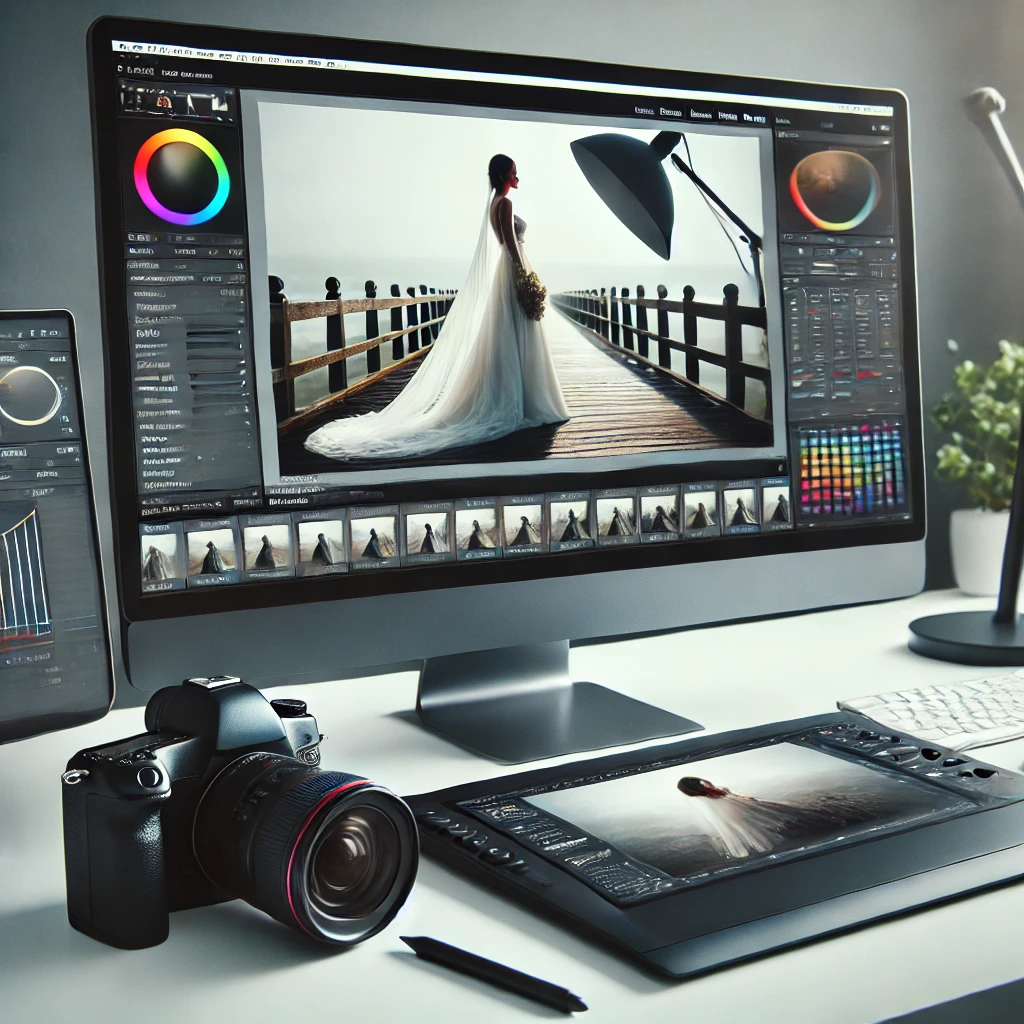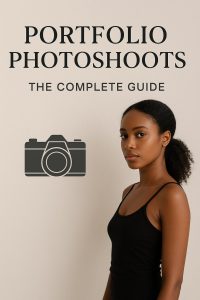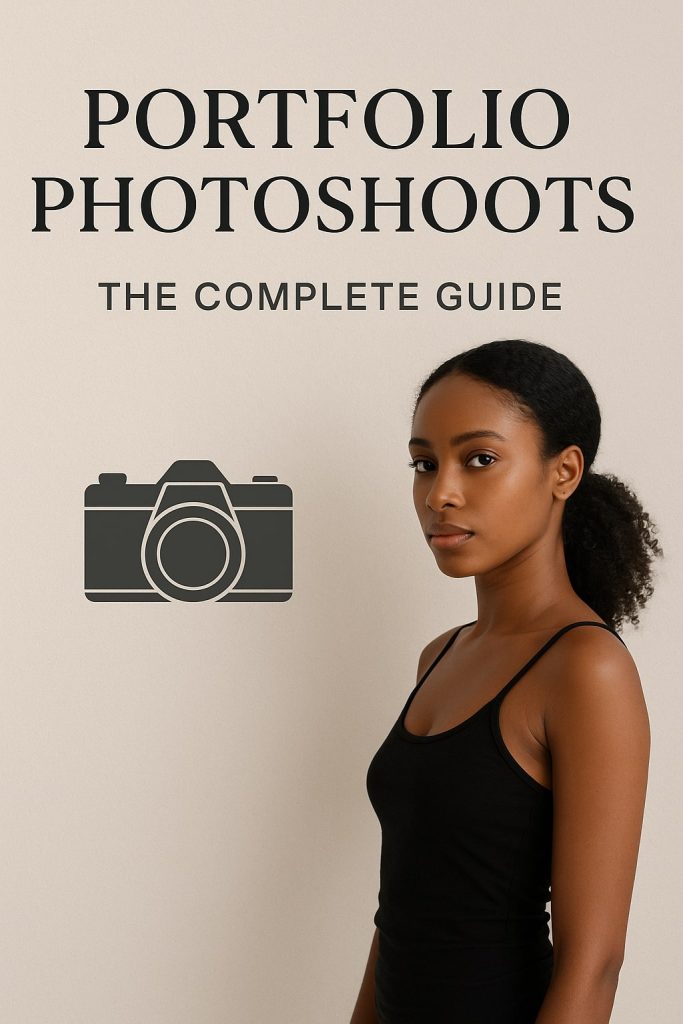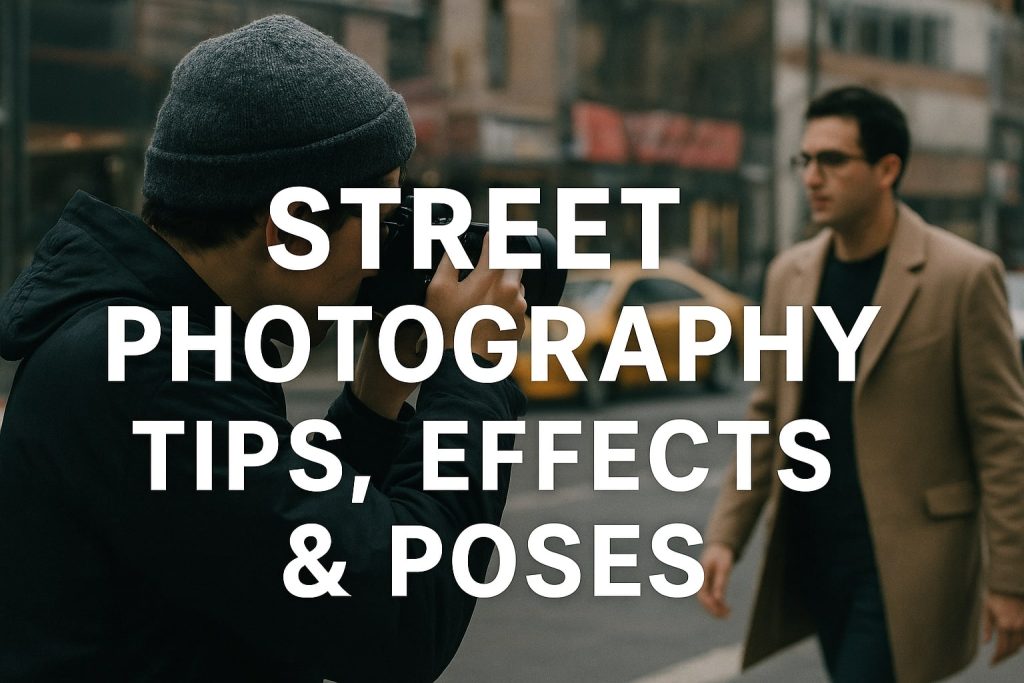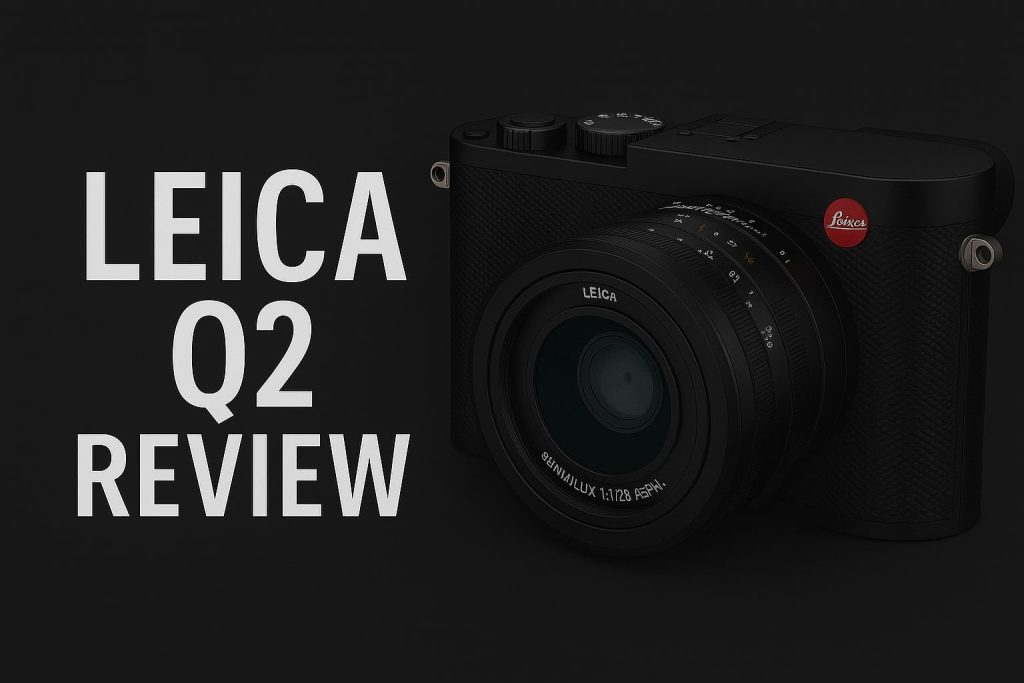A well-curated portfolio is a model’s or photographer’s calling card. However, raw images alone are not enough. Editing plays a crucial role in refining and perfecting shots, ensuring they meet professional standards. Knowing how to editing portfolio photos properly can transform average images into visually striking pieces that captivate clients and agencies alike.
This guide will take you through a step-by-step approach to professional photo editing. From selecting the right software to mastering advanced retouching techniques, you’ll gain the insights needed to enhance your portfolio effectively.
Why Editing Portfolio Photos is Essential
Editing is not about altering reality; it’s about fine-tuning images to present the best version of your work. Here’s why editing matters:
- Enhances Professionalism: A polished portfolio demonstrates expertise and attention to detail.
- Improves Consistency: Maintaining a cohesive style strengthens your brand identity.
- Corrects Imperfections: Even the best photographers need to fix minor flaws such as blemishes, lighting imbalances, and color inconsistencies.
- Brings Out the Best Features: Proper editing helps highlight facial expressions, outfits, and backdrops effectively.
Choosing the Right Editing Software
The first step in editing portfolio photos is selecting a software that aligns with your skill level and needs. Here are some of the best options:
Adobe Lightroom
- Best for batch editing and color correction.
- Offers non-destructive editing, meaning the original file remains untouched.
- Features powerful presets that ensure a consistent aesthetic.
Adobe Photoshop
- Ideal for detailed retouching and advanced manipulations.
- Offers layers and masks for precision edits.
- Essential for high-end beauty and fashion retouching.
Capture One
- Preferred by professional photographers for its superior color grading capabilities.
- Allows tethered shooting and powerful RAW file editing.
Affinity Photo
- A budget-friendly alternative to Photoshop with advanced editing features.
- Great for detailed retouching and color correction.
Step-by-Step Guide to Editing Portfolio Photos
1. Start with a High-Quality RAW Image
- RAW files capture more details and provide flexibility in post-processing.
- Avoid compressed formats like JPEG that limit editing potential.
2. Adjust Exposure and White Balance
- Use Lightroom’s exposure slider to fix underexposed or overexposed images.
- Correct the white balance to ensure accurate skin tones and natural lighting.
3. Crop and Straighten for Better Composition
- Apply the rule of thirds to enhance visual balance.
- Remove unwanted distractions from the frame.
- Ensure that horizons and vertical lines are straight.
4. Retouch Skin Flaws While Maintaining Natural Texture
- Use Photoshop’s Healing Brush or Clone Stamp tool to remove blemishes.
- Apply frequency separation for a natural, non-airbrushed finish.
- Avoid excessive smoothing that makes skin look artificial.
5. Enhance Eyes, Lips, and Hair
- Brighten eyes slightly to make them pop without looking unrealistic.
- Sharpen lips and enhance color subtly.
- Add shine and definition to hair strands for a polished look.
6. Correct Colors and Apply Subtle Toning
- Adjust hue, saturation, and luminance (HSL) sliders for vibrant yet natural colors.
- Use color grading to create mood and atmosphere.
- Apply selective coloring to make the subject stand out from the background.
7. Use Dodge and Burn for Depth and Dimension
- Dodge (lighten) areas to highlight cheekbones, jawlines, and contours.
- Burn (darken) shadows to add definition and drama.
8. Sharpen Details and Reduce Noise
- Apply sharpening to facial features, clothing textures, and accessories.
- Use noise reduction sparingly to avoid losing essential details.
9. Apply a Consistent Editing Style
- Develop a signature editing style that aligns with your branding.
- Use Lightroom presets or custom Photoshop actions to maintain consistency.
10. Export with the Right Settings
- Save in high-resolution formats for printing.
- Optimize file sizes for web and social media without losing quality.
- Use sRGB color profile for digital portfolios.
Common Mistakes to Avoid When Editing Portfolio Photos
- Over-editing Skin: Too much airbrushing makes models look unnatural.
- Ignoring Composition: Always refine cropping and framing.
- Inconsistent Editing: A mismatched portfolio appears unprofessional.
- Not Backing Up Files: Always save edited images in multiple locations.
The Role of Editing in Different Portfolio Styles
Different types of photography require unique editing approaches. Here’s how:
Fashion Portfolio
- Prioritize clean skin retouching and vibrant colors.
- Enhance clothing textures and avoid color inconsistencies.
Corporate Headshots
- Maintain a professional, polished appearance.
- Use subtle retouching to reduce distractions while keeping a natural look.
Creative Portraits
- Experiment with color grading and artistic retouching.
- Add digital enhancements like overlays or textures if necessary.
Final Thoughts
Editing portfolio photos is an essential skill for photographers, models, and creatives. A well-edited portfolio can make a significant impact in professional opportunities and client impressions. By following these detailed steps, you’ll be able to refine and enhance your images while maintaining authenticity.

Mobile Photography Hacks: Candid Moments with Your Phone
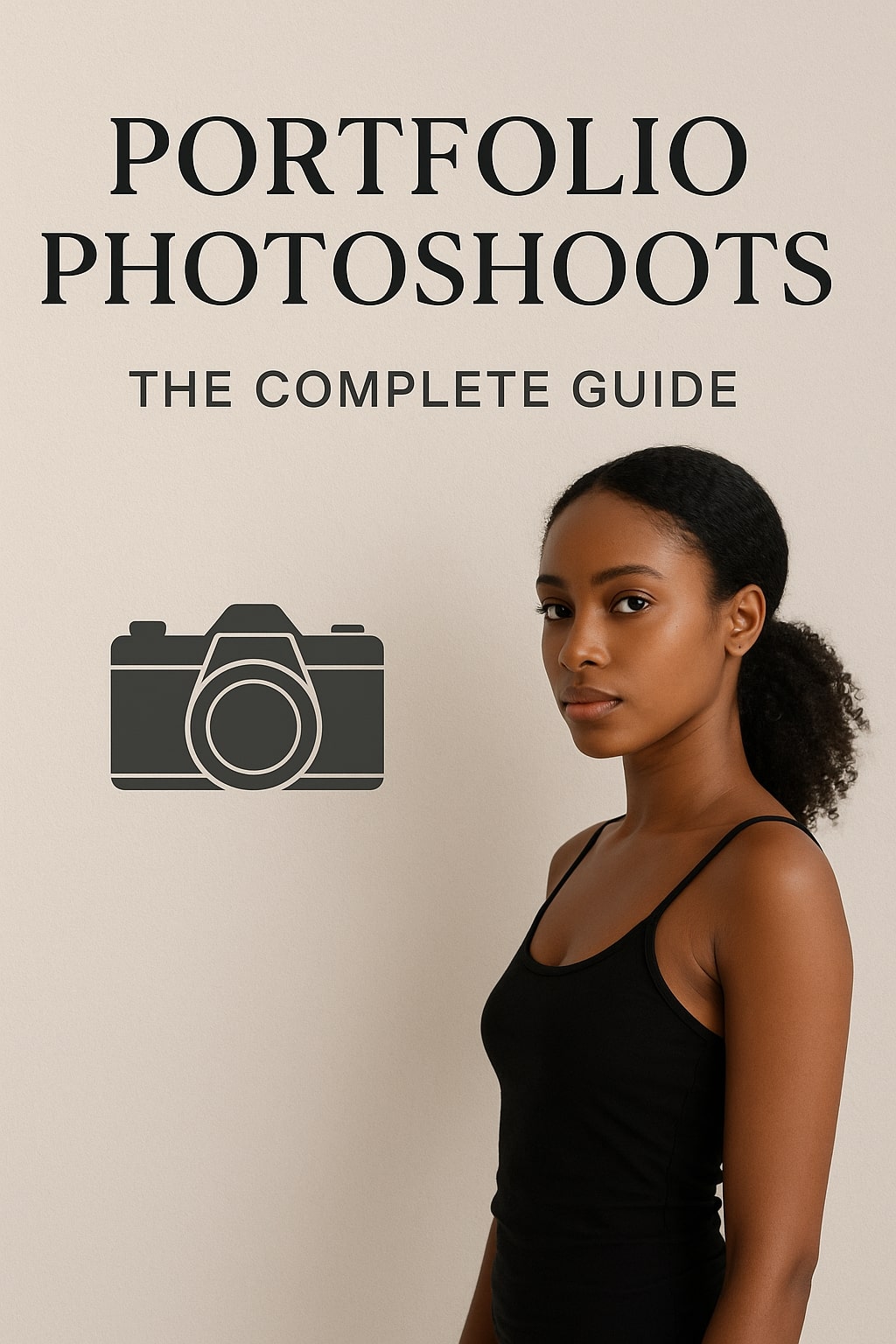
Professional Model & Portfolio Photoshoots: Show Your Best Work
-
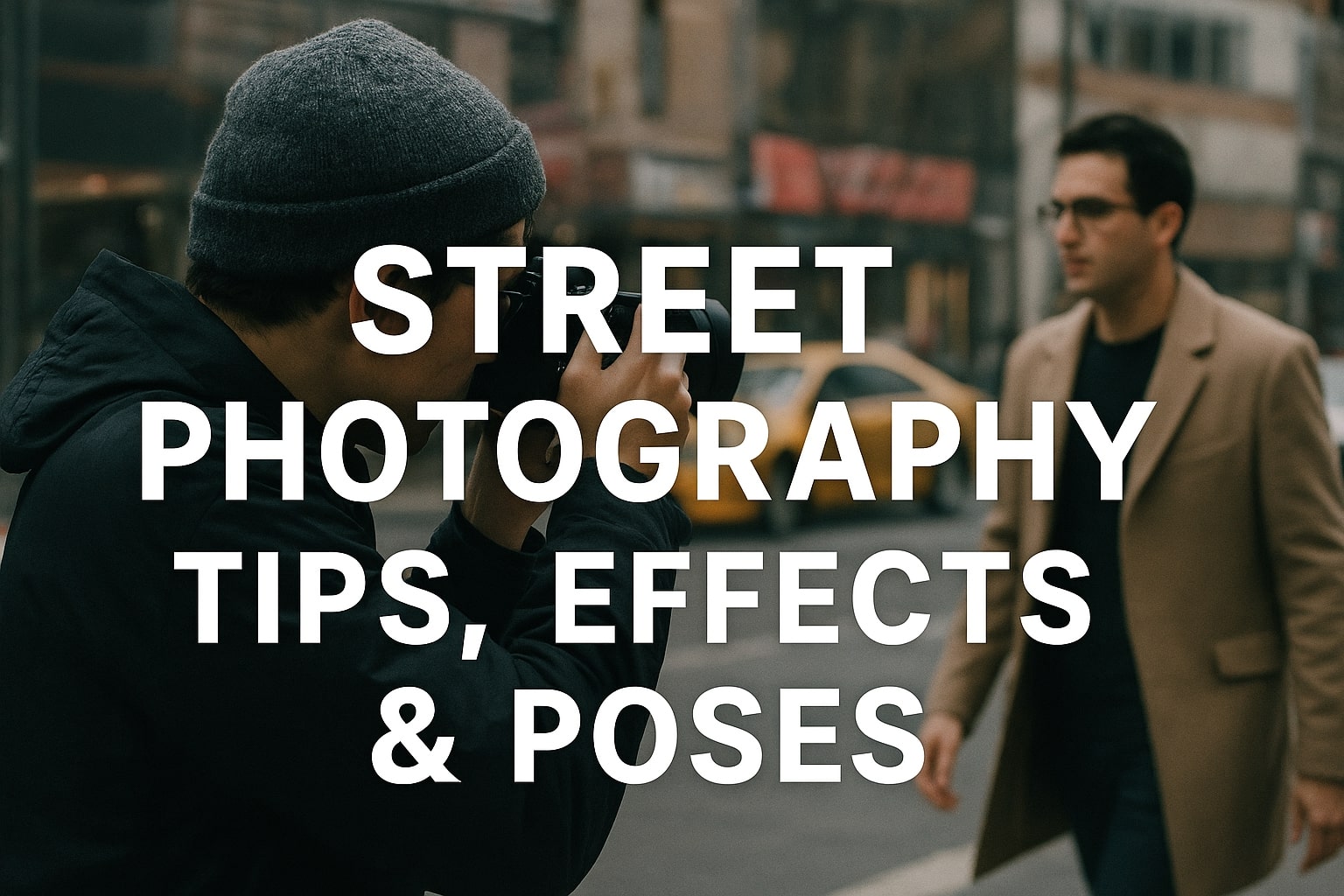
Street Photography Tips, Effects & Poses – Complete Guide
-
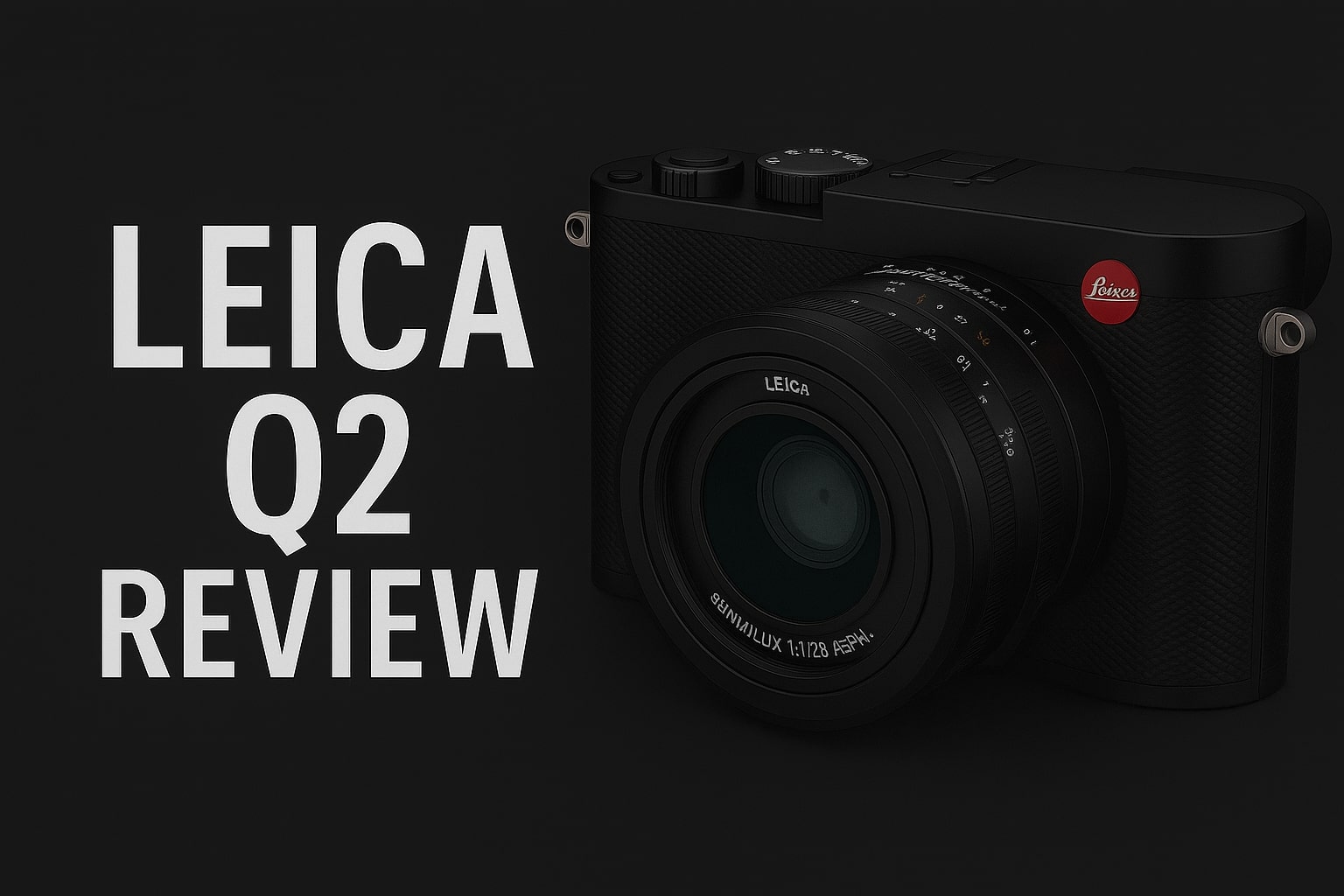
Leica Q2 for Photography: Why It’s Loved by Photographers
Mobile Photography Hacks: Candid Moments with Your Phone
Discover high-impact mobile photography hacks to capture genuine, gorgeous candid moments with your phone. Learn practical tips, composition secrets, and pro techniques to turn everyday scenes into stunning visual stories. Introduction: The New Age of Mobile Photography Photography has evolved beyond heavy cameras, technical jargon, and expensive equipment. Today, the power to capture extraordinary moments
Professional Model & Portfolio Photoshoots: Show Your Best Work
” Discover how to plan, style, and execute stunning portfolio photoshoots that showcase your skills, personality, and versatility. This comprehensive guide covers professional tips, posing ideas, gear suggestions, and industry insights for models and photographers.” Introduction – Why Portfolio Photoshoots Are the Cornerstone of a Photographer’s Career A well-crafted portfolio photoshoot is more than a
Street Photography Tips, Effects & Poses – Complete Guide
Discover the ultimate guide to Street Photography with expert tips, creative effects, and dynamic poses. Learn how to capture authentic urban moments, master composition, and tell powerful visual stories through your lens. Article Outline 1. Introduction to Street Photography Street Photography is more than just taking pictures of people in public spaces — it’s about
Leica Q2 for Photography: Why It’s Loved by Photographers
Introduction: The Cult Status of the Leica Q2 The Leica Q2 is not just a camera—it’s a statement. Combining the heritage of German precision engineering with modern digital excellence, it holds a special place in the hearts of professional and passionate photographers alike. With its full-frame sensor, prime Summilux lens, and minimalist design, the Q2
Top Cameras Under ₹1 Lakh for Freelance Photography
Freelance photography is no longer a niche—it’s a booming creative profession that demands not only vision and hustle but also the right gear. Your camera isn’t just a tool; it’s your storytelling partner. If you’re a freelance photographer aiming to balance performance, versatility, and budget, investing in a cameras under ₹1 lakh can offer the
Top Features of Nikon D850 That Make It Ideal for Photoshoots
Explore the top features of the Nikon D850 that make it a powerhouse for photoshoots. From exceptional resolution to dynamic range, this detailed Nikon D850 guide is built for professional and aspiring photographers. 1. Introduction When Nikon launched the D850, it quickly earned a reputation as a flagship DSLR that redefined what photographers could expect
